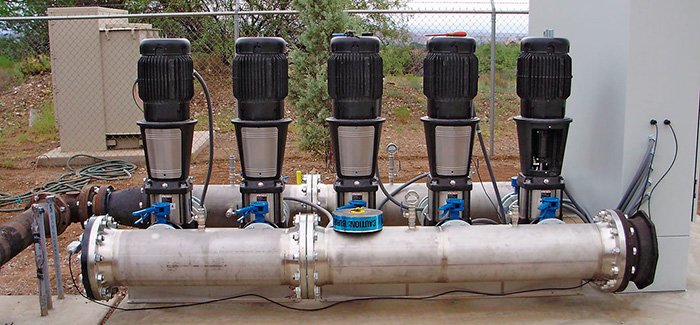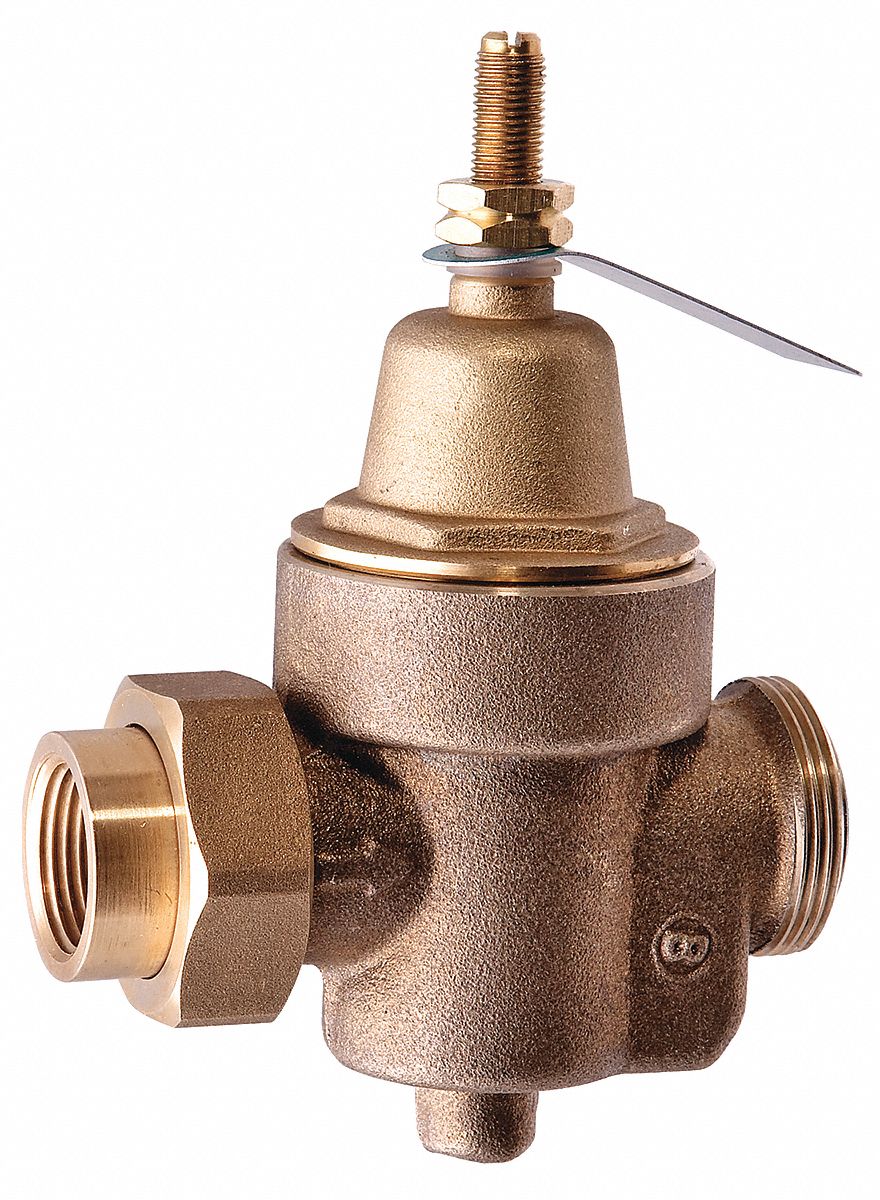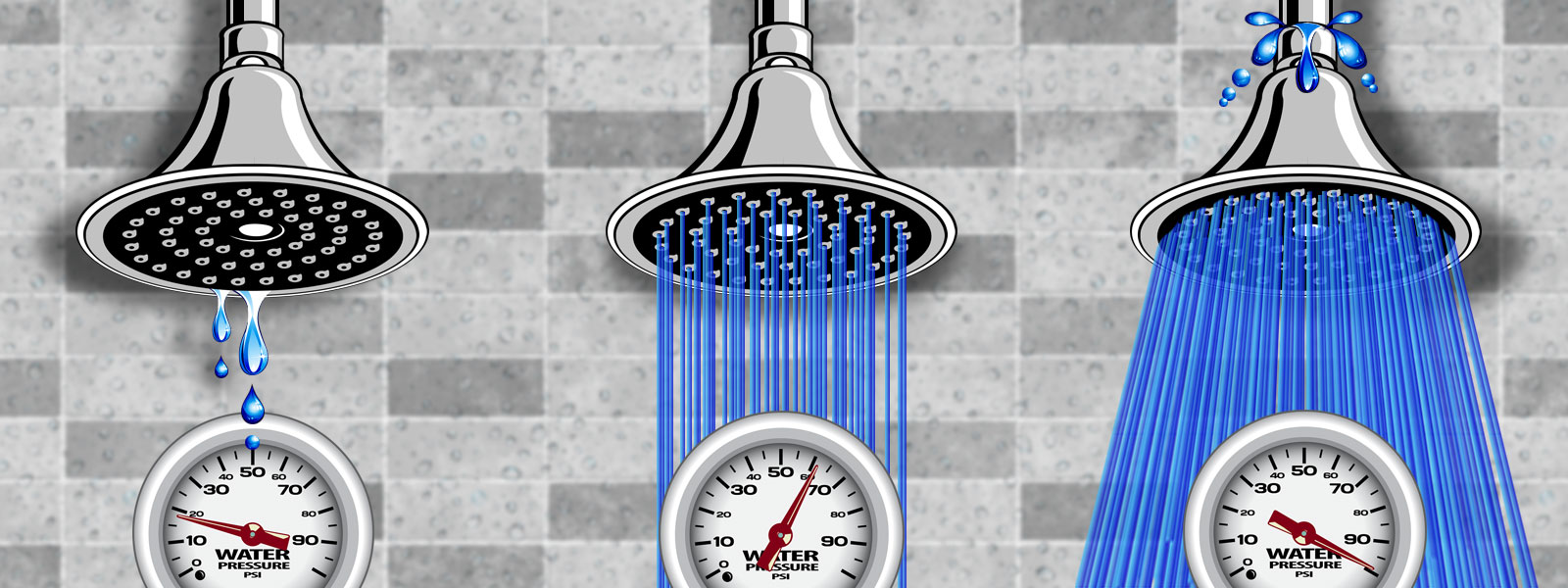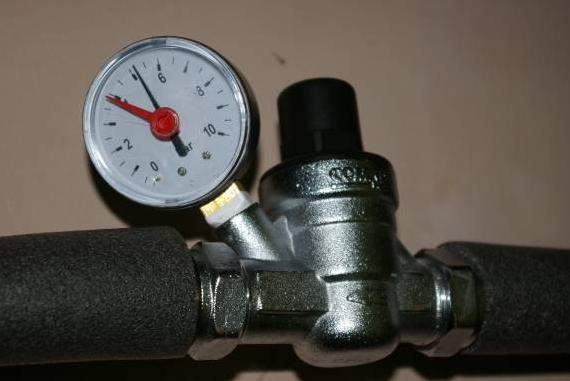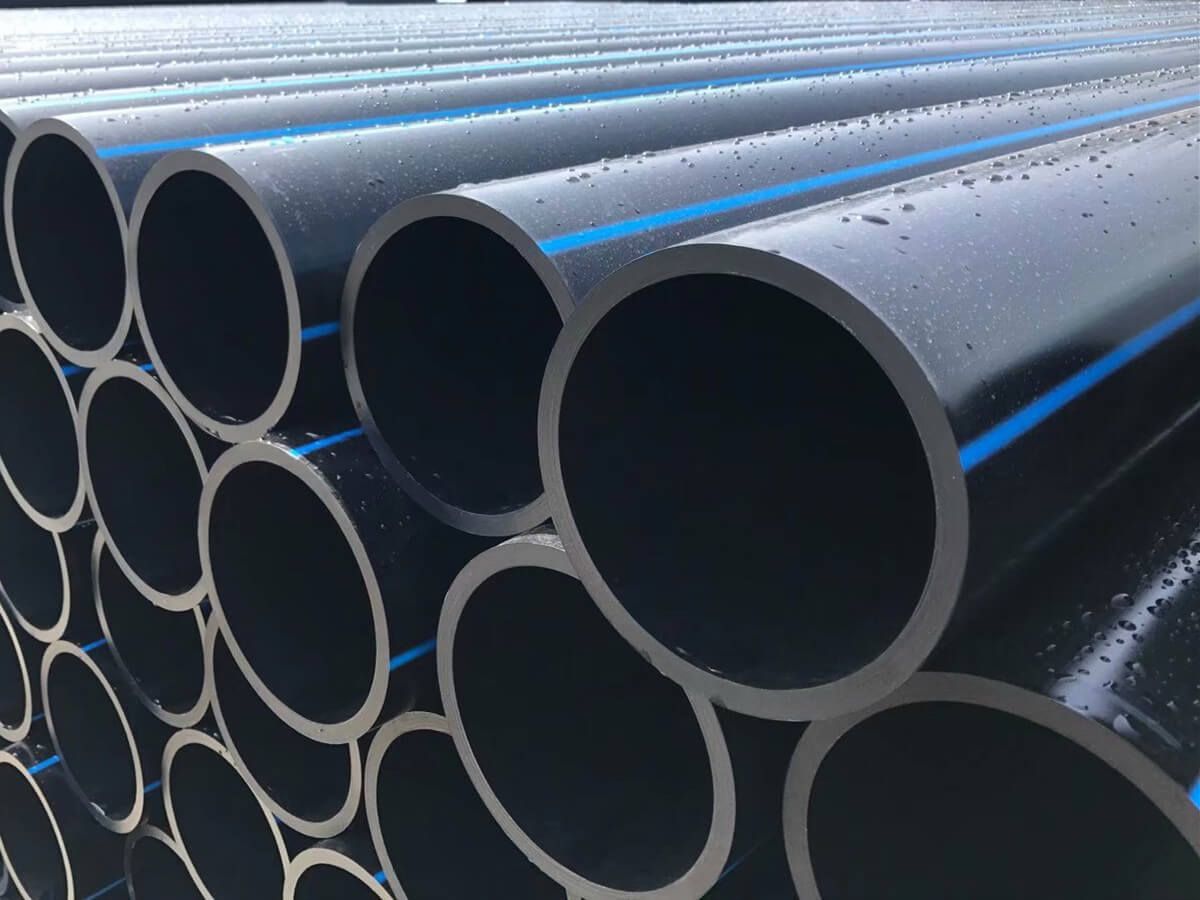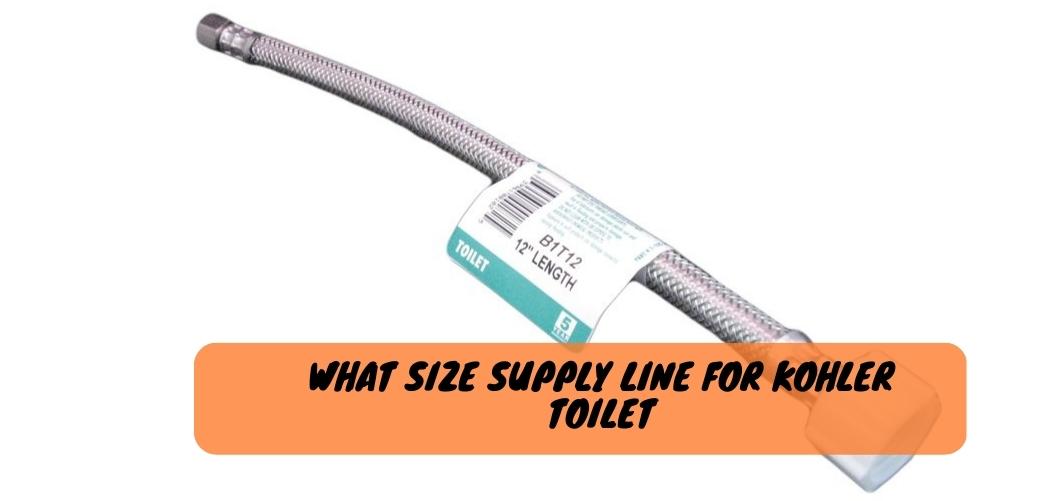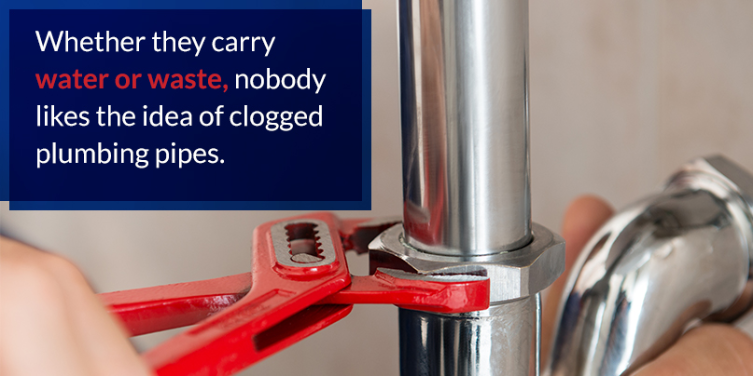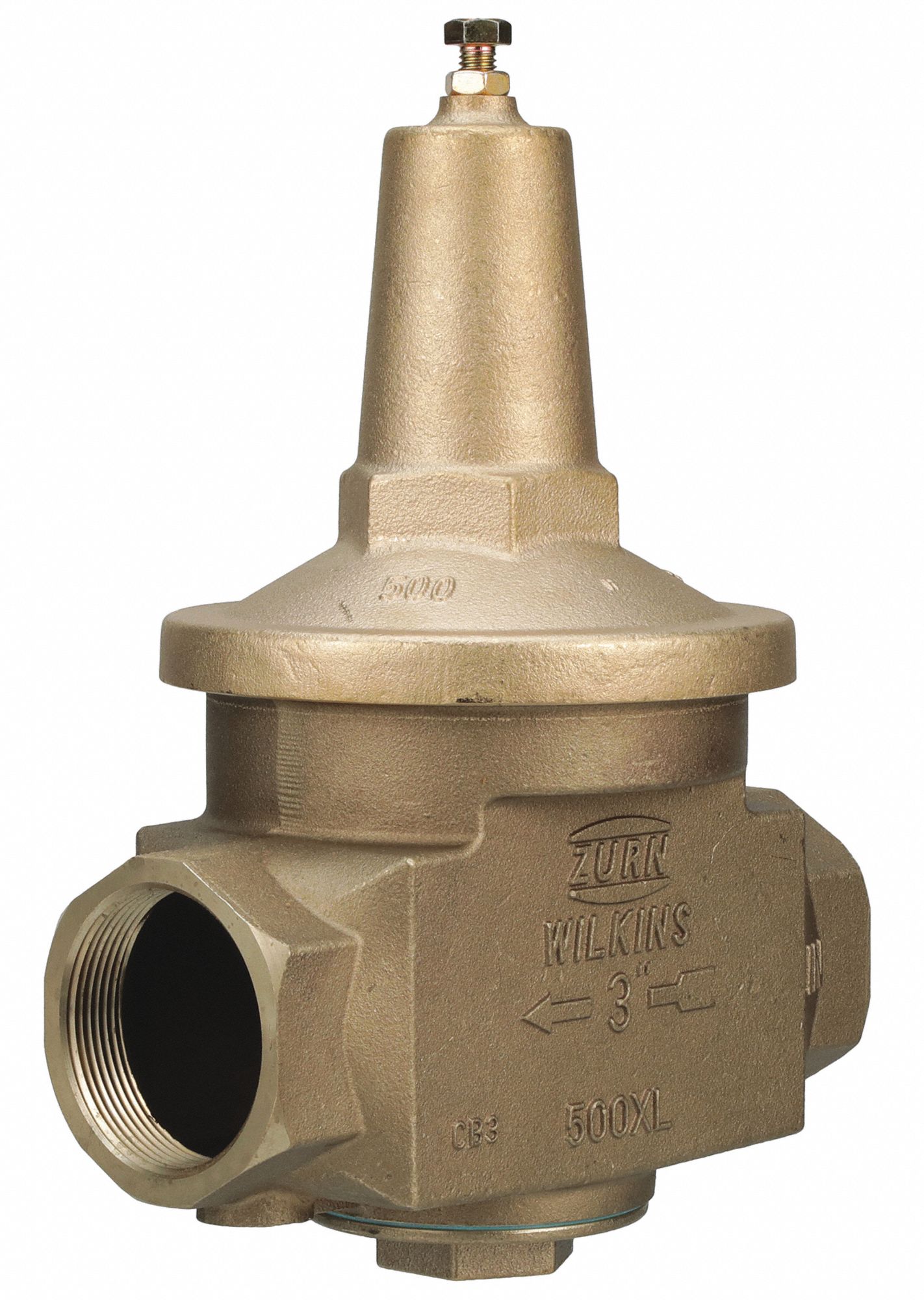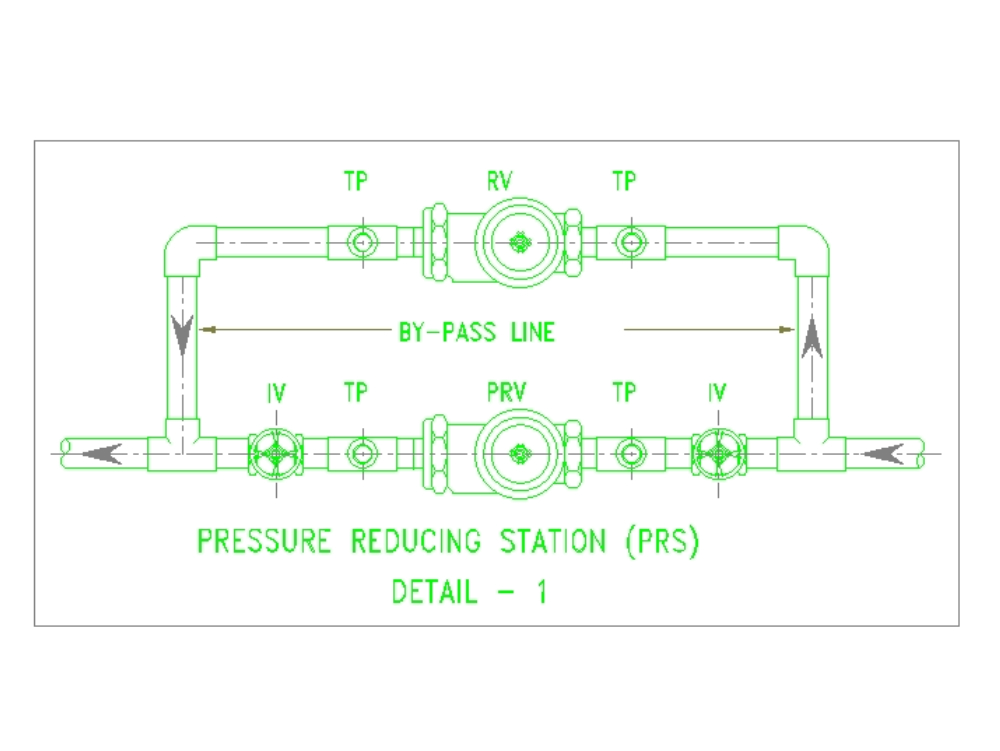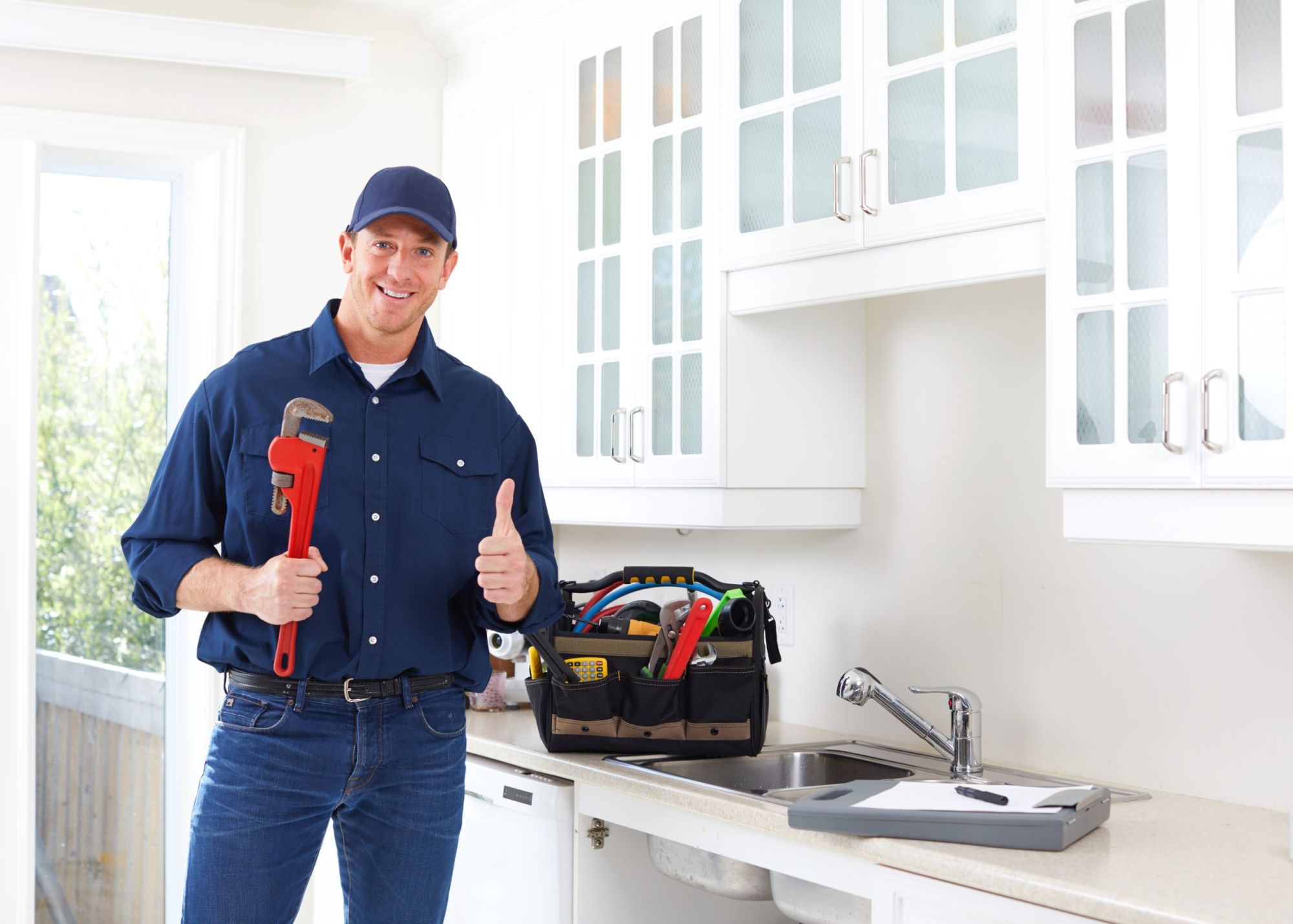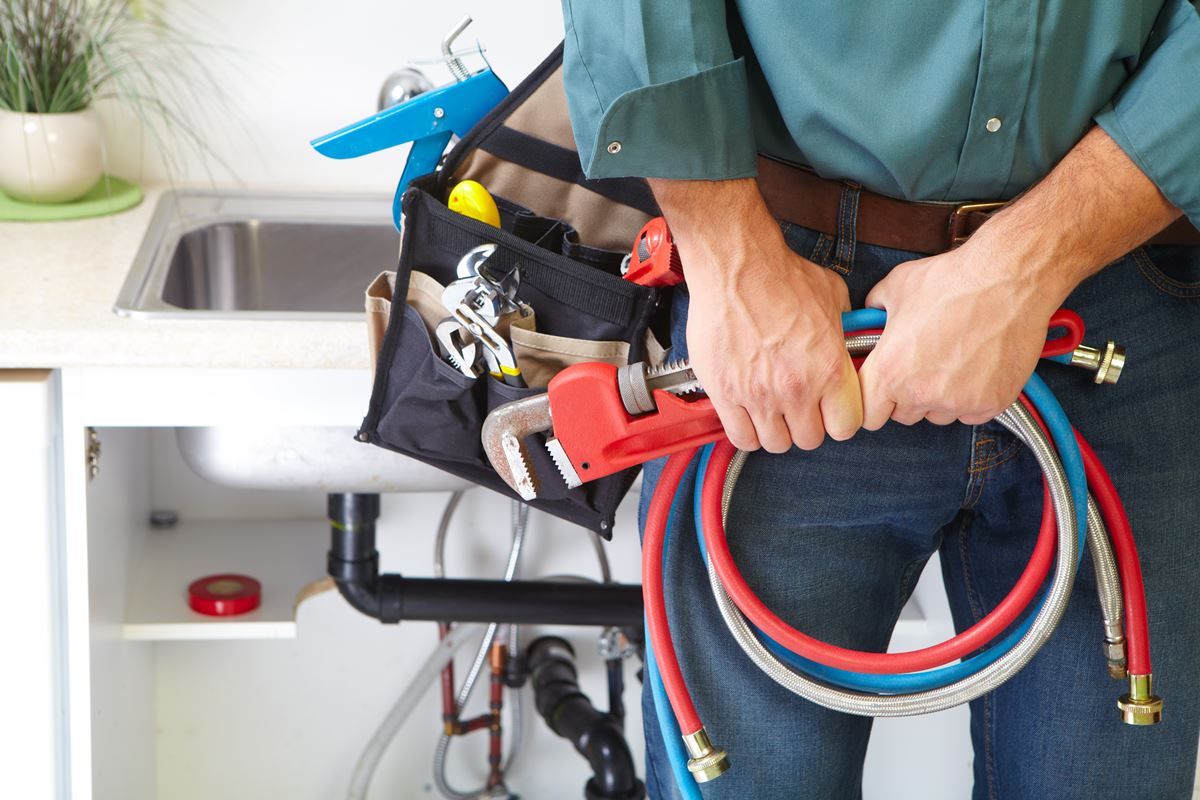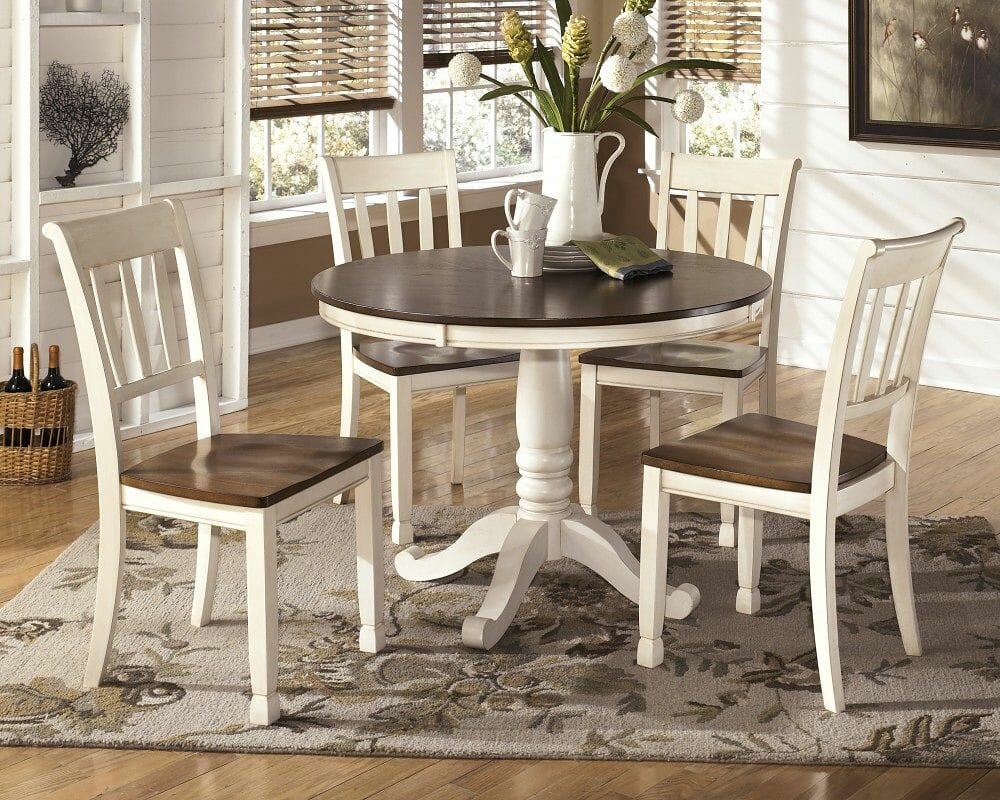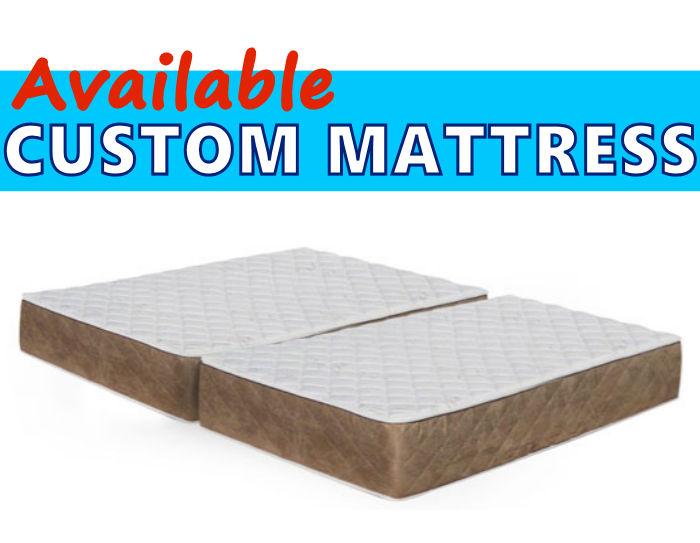If you're experiencing low water pressure in your kitchen sink, the first thing you should check is the water pressure regulator. This small device is responsible for regulating the water pressure in your home, and if it's not functioning properly, it could be the cause of your low water pressure. You can find the water pressure regulator near your main water shutoff valve. Use a wrench to adjust the water pressure, making sure it is not set too low. If this doesn't solve the problem, you may need to replace the water pressure regulator altogether.1. Check the Water Pressure Regulator
The aerator on your kitchen sink faucet is a small mesh screen that helps regulate the flow of water. Over time, it can become clogged with debris, reducing the water pressure. To clean the aerator, unscrew it from the faucet and soak it in a mixture of equal parts water and vinegar for about an hour. Rinse it off and reattach it to the faucet.2. Clean the Aerator on the Faucet
If cleaning the aerator doesn't improve the water pressure, the problem may lie within the faucet itself. The faucet cartridge is responsible for controlling the water flow and temperature. Over time, it can become worn or clogged, resulting in low water pressure. To replace the cartridge, turn off the water supply to the faucet and follow the manufacturer's instructions.3. Replace the Faucet Cartridge
A leak in your plumbing can also cause a decrease in water pressure. To check for leaks, turn off all faucets and fixtures in your home and look at your water meter. If the meter is still running, it could indicate a leak. You can also check for visible leaks under sinks or in the pipes themselves. If you find a leak, it's best to call a professional plumber to fix it.4. Check for Any Leaks in the Pipes
If your home has low water pressure overall, it may benefit from a water pressure booster pump. This device is installed on the main water line and helps increase the water pressure throughout your home. It may be a more expensive option, but it can greatly improve the water pressure in your kitchen sink and other areas of your home.5. Install a Water Pressure Booster Pump
In some cases, the water pressure may have been set too low at the main valve. To adjust it, locate the main water valve and use a wrench to turn it slightly clockwise. Check the water pressure in your kitchen sink after making the adjustment and continue to fine-tune it until you reach the desired pressure.6. Adjust the Water Pressure at the Main Valve
If your home has older pipes or a smaller diameter water supply line, it may be restricting the water flow and causing low pressure. Consider installing a larger diameter supply line to improve the water pressure throughout your home.7. Install a Larger Diameter Water Supply Line
Clogs in the pipes can also cause low water pressure. Use a plumbing snake or a homemade mixture of baking soda and vinegar to clear any clogs in your kitchen sink pipes. If the clog is further down the line, it's best to call a professional plumber for assistance.8. Check for Any Clogs in the Pipes
If your home has high water pressure, it can cause damage to your pipes and fixtures and lead to low water pressure. Installing a pressure reducing valve can help regulate the water pressure and prevent any potential damage. This device can also help save on your water bill by reducing the amount of water used.9. Install a Pressure Reducing Valve
If none of the above solutions seem to improve the water pressure in your kitchen sink, it's best to call a professional plumber for assistance. They have the knowledge and tools to diagnose and fix any issues with your plumbing that may be causing low water pressure. In conclusion, low water pressure in your kitchen sink can be a frustrating problem, but it is not unfixable. By following these tips and checking each potential cause, you can increase the hot water pressure in your kitchen sink and improve your overall water flow. Remember to regularly maintain your plumbing to prevent future issues and always call a professional if you are unsure or uncomfortable with making any adjustments yourself.10. Call a Professional Plumber for Assistance
Increase Hot Water Pressure in Kitchen Sink: Tips and Tricks for a More Efficient Home Design
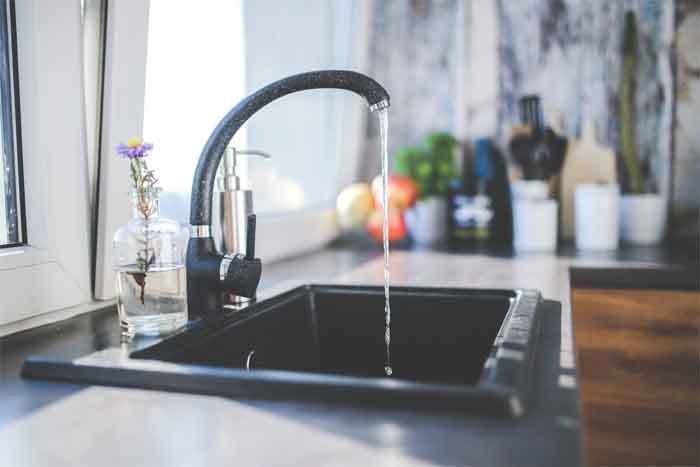
Why Hot Water Pressure is Important in the Kitchen
 Having proper hot water pressure in the kitchen is essential for a functional and efficient home. It allows us to wash dishes, clean produce, and perform other kitchen tasks quickly and effectively. However, if you're experiencing low hot water pressure in your kitchen sink, it can be frustrating and hinder your daily routine. Thankfully, there are several ways to increase hot water pressure in your kitchen sink and improve your overall home design.
Having proper hot water pressure in the kitchen is essential for a functional and efficient home. It allows us to wash dishes, clean produce, and perform other kitchen tasks quickly and effectively. However, if you're experiencing low hot water pressure in your kitchen sink, it can be frustrating and hinder your daily routine. Thankfully, there are several ways to increase hot water pressure in your kitchen sink and improve your overall home design.
1. Check for Clogs and Buildup in Your Pipes
 One of the most common reasons for low hot water pressure in the kitchen sink is clogs and buildup in the pipes. Over time, minerals and debris can accumulate in your pipes, causing blockages and restricting water flow. To fix this issue, you can try using a plunger to dislodge the clog or using a commercial drain cleaner. If these methods don't work, it's best to call a professional plumber to inspect and clean your pipes.
One of the most common reasons for low hot water pressure in the kitchen sink is clogs and buildup in the pipes. Over time, minerals and debris can accumulate in your pipes, causing blockages and restricting water flow. To fix this issue, you can try using a plunger to dislodge the clog or using a commercial drain cleaner. If these methods don't work, it's best to call a professional plumber to inspect and clean your pipes.
2. Install a High-Pressure Showerhead
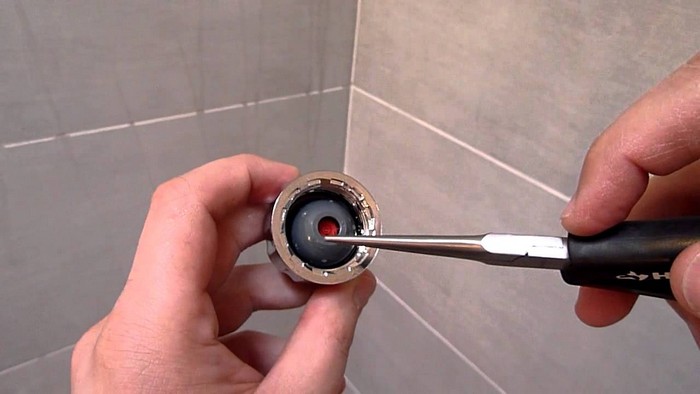 Another effective way to increase hot water pressure in your kitchen sink is to install a high-pressure showerhead. These showerheads are designed to increase water flow and provide more pressure, making them perfect for kitchen sinks. Look for showerheads with adjustable settings so you can customize the water flow to your liking. Additionally, make sure to choose a showerhead that is compatible with your existing plumbing system.
Another effective way to increase hot water pressure in your kitchen sink is to install a high-pressure showerhead. These showerheads are designed to increase water flow and provide more pressure, making them perfect for kitchen sinks. Look for showerheads with adjustable settings so you can customize the water flow to your liking. Additionally, make sure to choose a showerhead that is compatible with your existing plumbing system.
3. Replace Old and Worn Out Pipes
 If you have an older home, your pipes may be the culprit behind your low hot water pressure. Over time, pipes can become corroded and worn out, leading to leaks and reduced water flow. If this is the case, it may be time to replace your pipes. While this can be a costly and time-consuming project, it will ultimately improve the overall efficiency of your home and increase hot water pressure in your kitchen sink.
If you have an older home, your pipes may be the culprit behind your low hot water pressure. Over time, pipes can become corroded and worn out, leading to leaks and reduced water flow. If this is the case, it may be time to replace your pipes. While this can be a costly and time-consuming project, it will ultimately improve the overall efficiency of your home and increase hot water pressure in your kitchen sink.
4. Install a Water Pressure Booster Pump
 For those with extremely low hot water pressure, installing a water pressure booster pump may be the best solution. These pumps are designed to increase water flow and pressure in your plumbing system, providing a significant boost to your kitchen sink. However, before installing a pump, it's essential to determine the cause of the low water pressure to ensure the pump will solve the problem.
For those with extremely low hot water pressure, installing a water pressure booster pump may be the best solution. These pumps are designed to increase water flow and pressure in your plumbing system, providing a significant boost to your kitchen sink. However, before installing a pump, it's essential to determine the cause of the low water pressure to ensure the pump will solve the problem.
Conclusion
 Having proper hot water pressure in your kitchen sink is crucial for a functional and efficient home design. By following these tips and tricks, you can increase hot water pressure and improve your overall home experience. Remember to regularly maintain your pipes and plumbing system to prevent future issues and ensure a steady flow of hot water in your kitchen sink.
Having proper hot water pressure in your kitchen sink is crucial for a functional and efficient home design. By following these tips and tricks, you can increase hot water pressure and improve your overall home experience. Remember to regularly maintain your pipes and plumbing system to prevent future issues and ensure a steady flow of hot water in your kitchen sink.



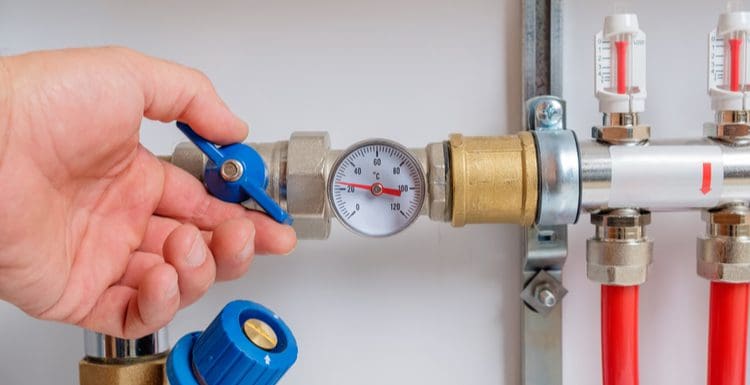
:max_bytes(150000):strip_icc()/testing-water-pressure-in-your-home-2718692-04-c37ab3236d0d4b61b87079ebf9ef823e-c1e1ef0104fb44778a287bd9bb5ec140.jpeg)
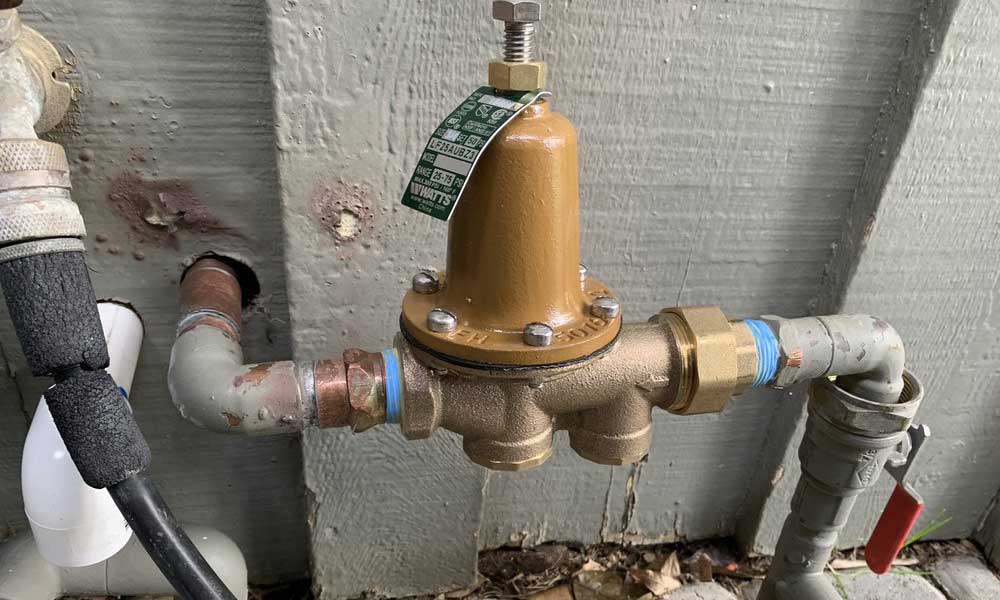

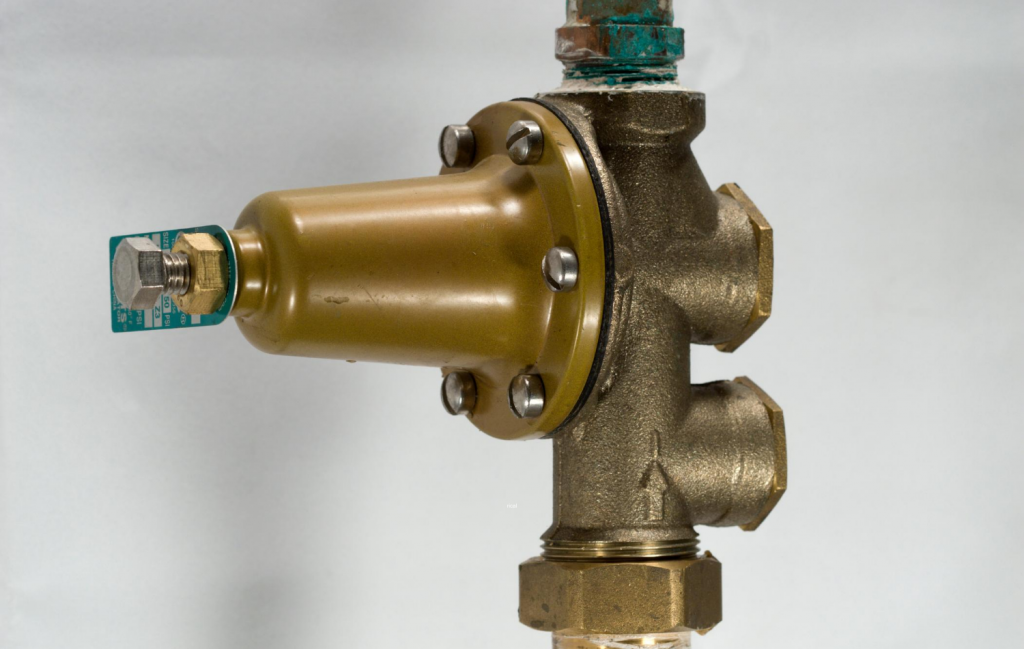


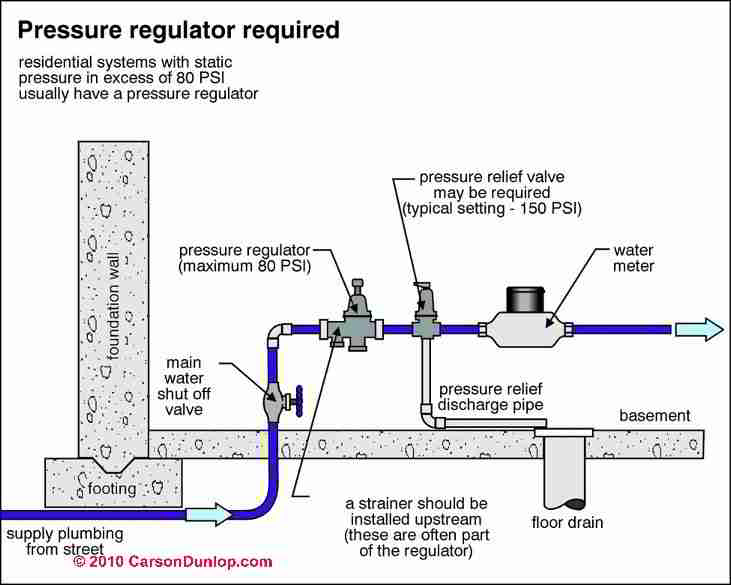

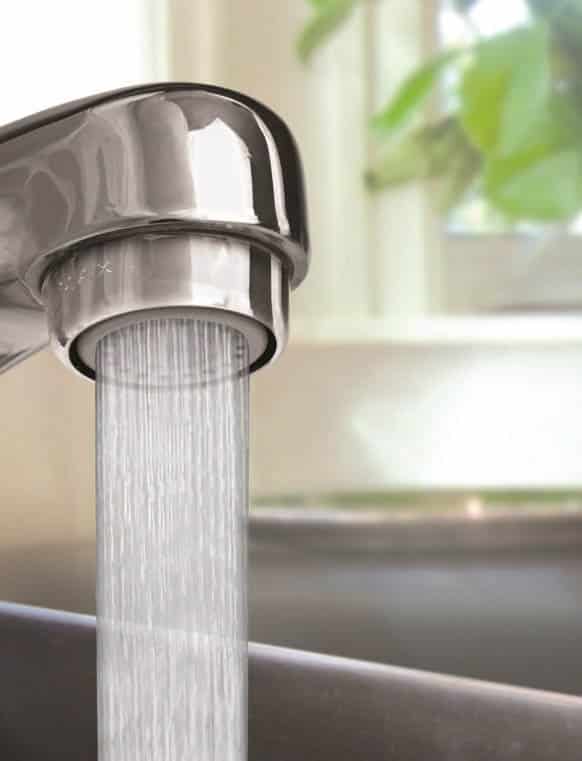
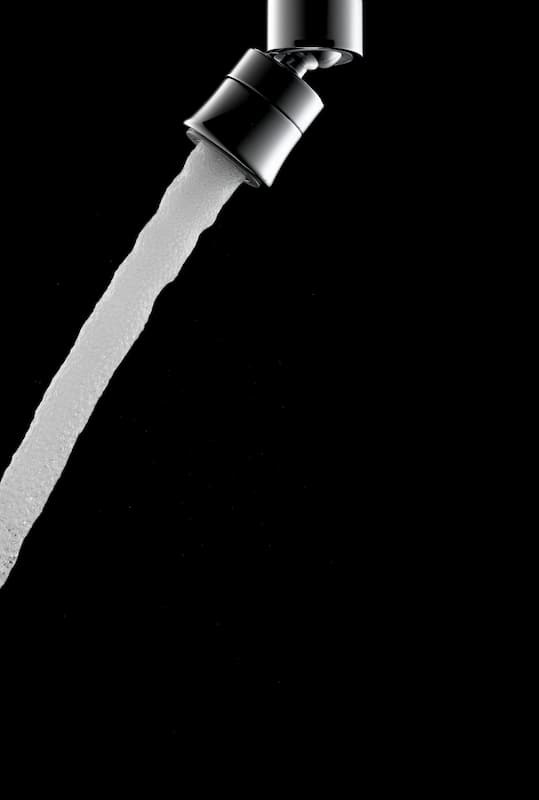


/RemovingAeratorAssembly-99881d30169b43cebc3fe72f6d4b25b9.jpg)
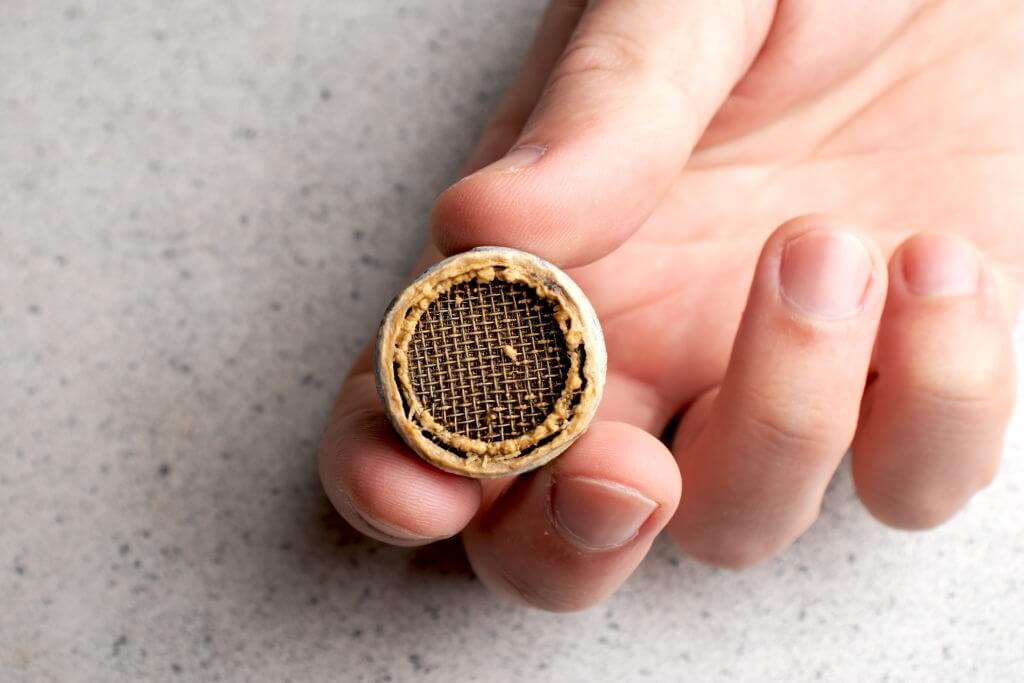

/cleaning-the-aerator-from-deposits--the-girl-hand-washes-a-dirty-limestone-aerator-with-water-1126244919-72868100964f42d5aa564a928371fea5.jpg)



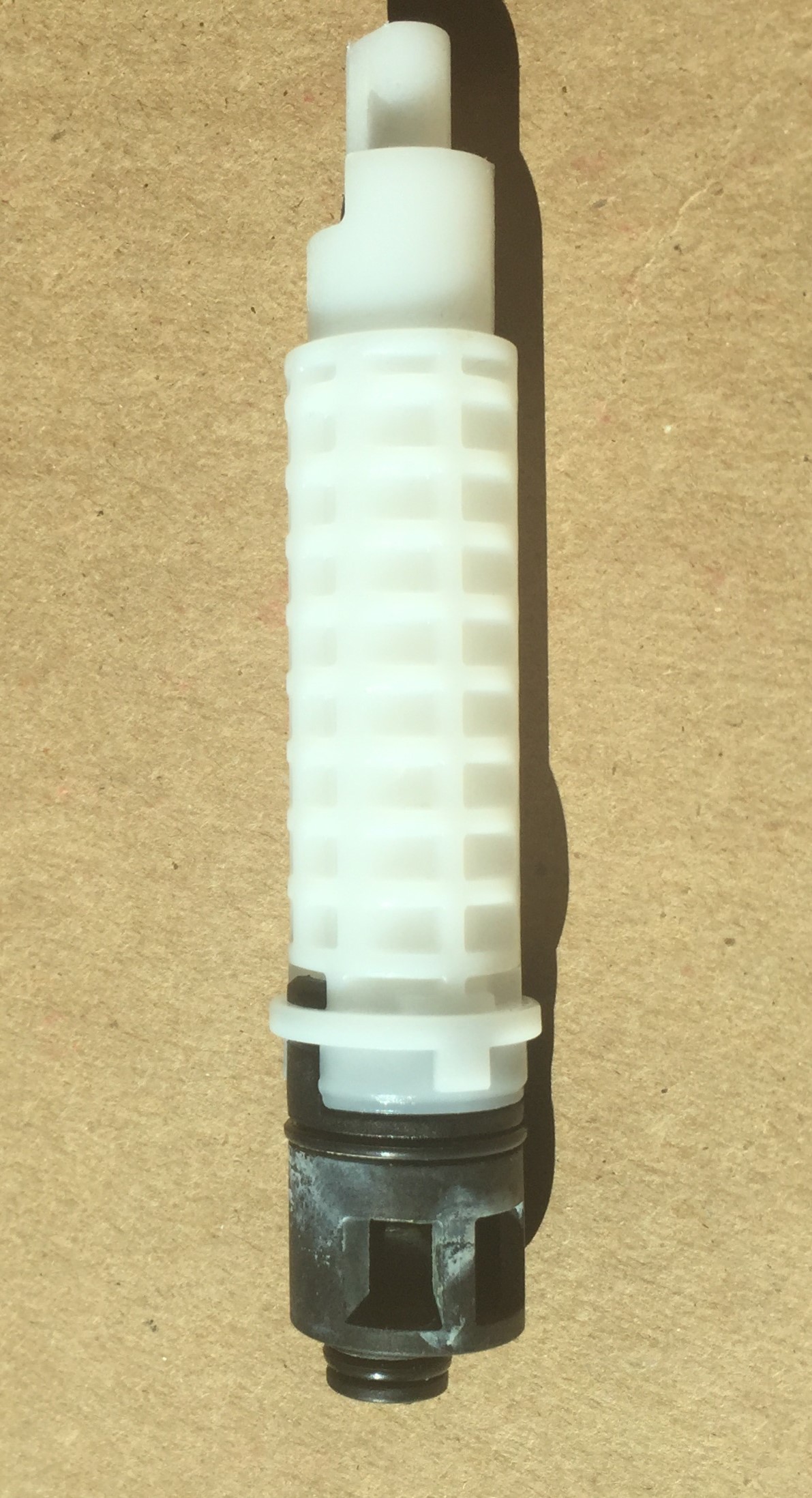

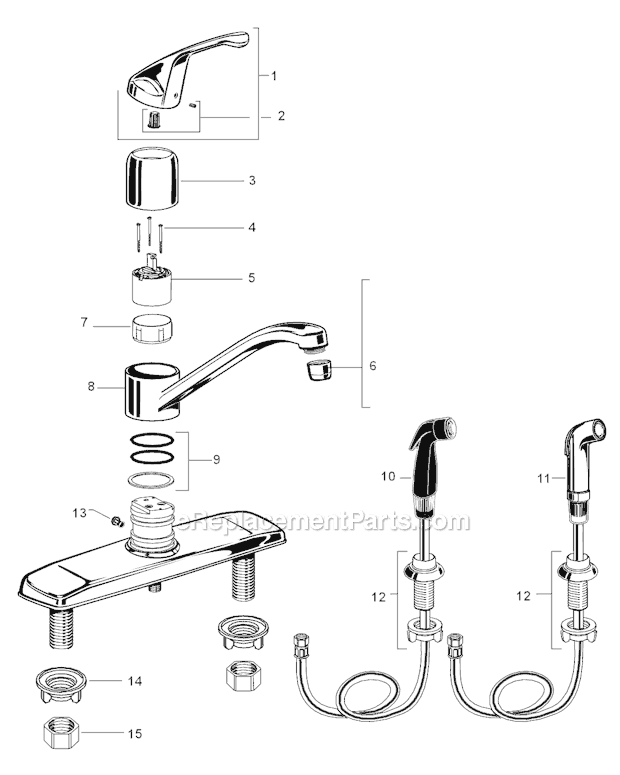

/moen-faucet-cartridge-replacement-2718852-hero-86e92eba3d984fe59dce724a0c208ad5.jpg)







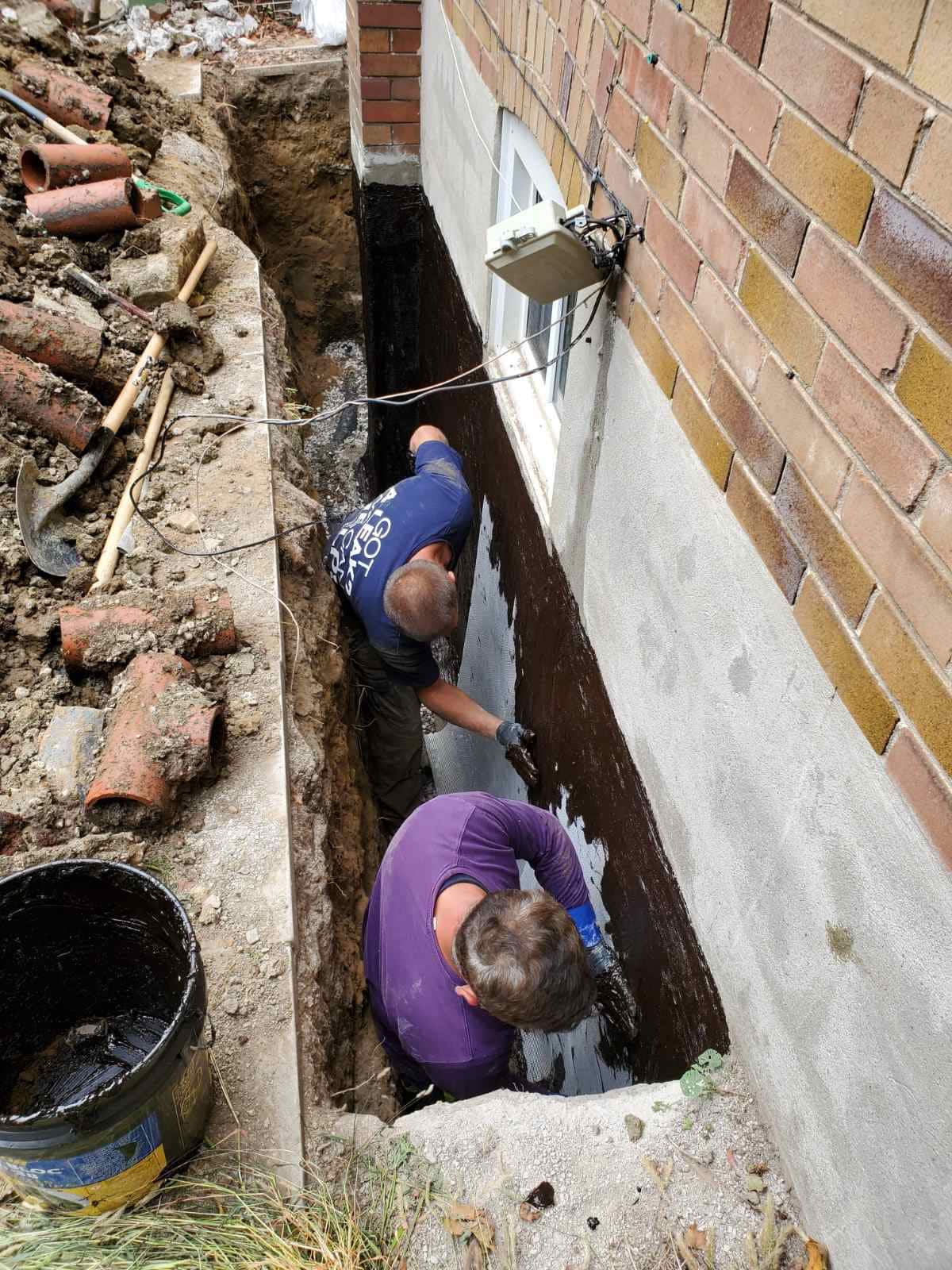

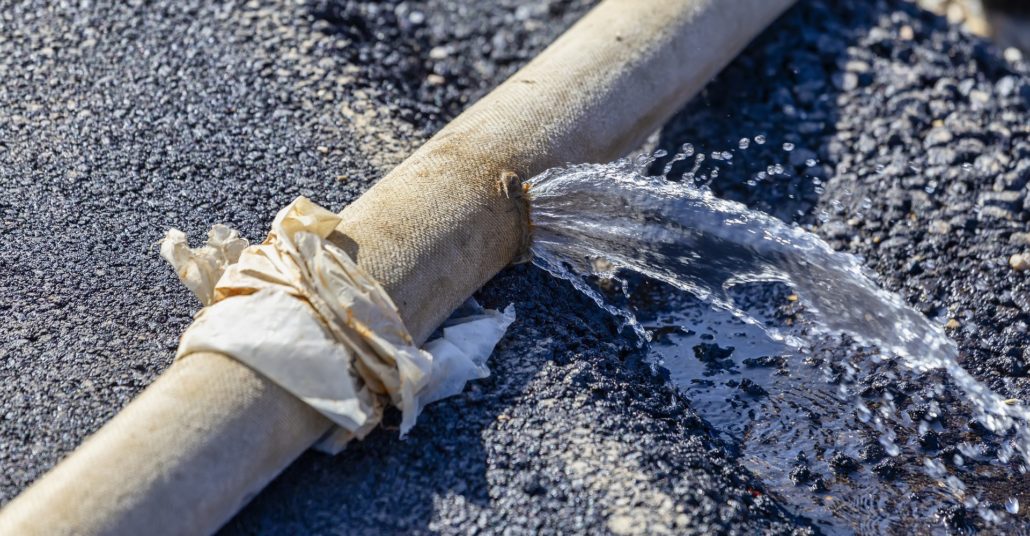
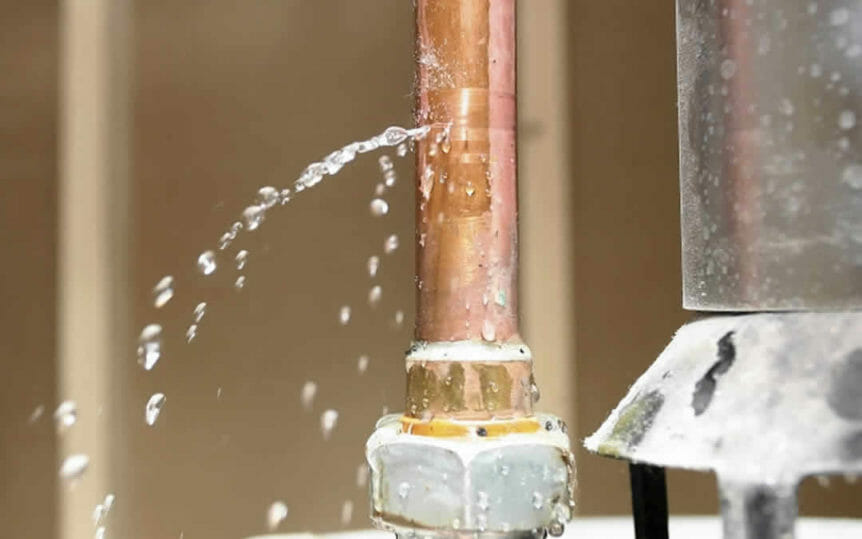

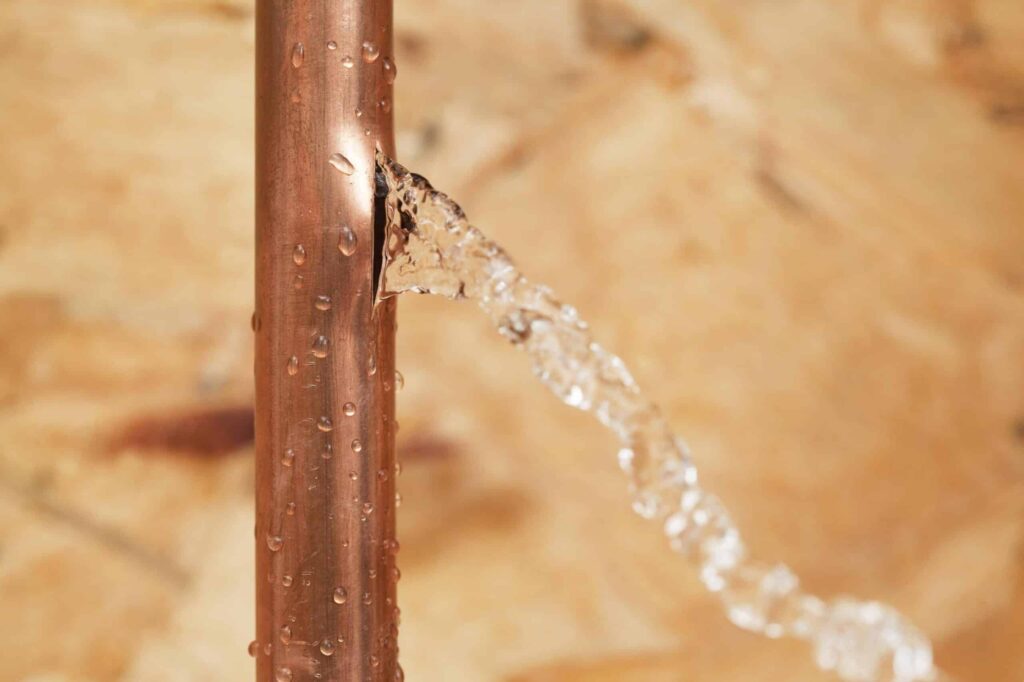
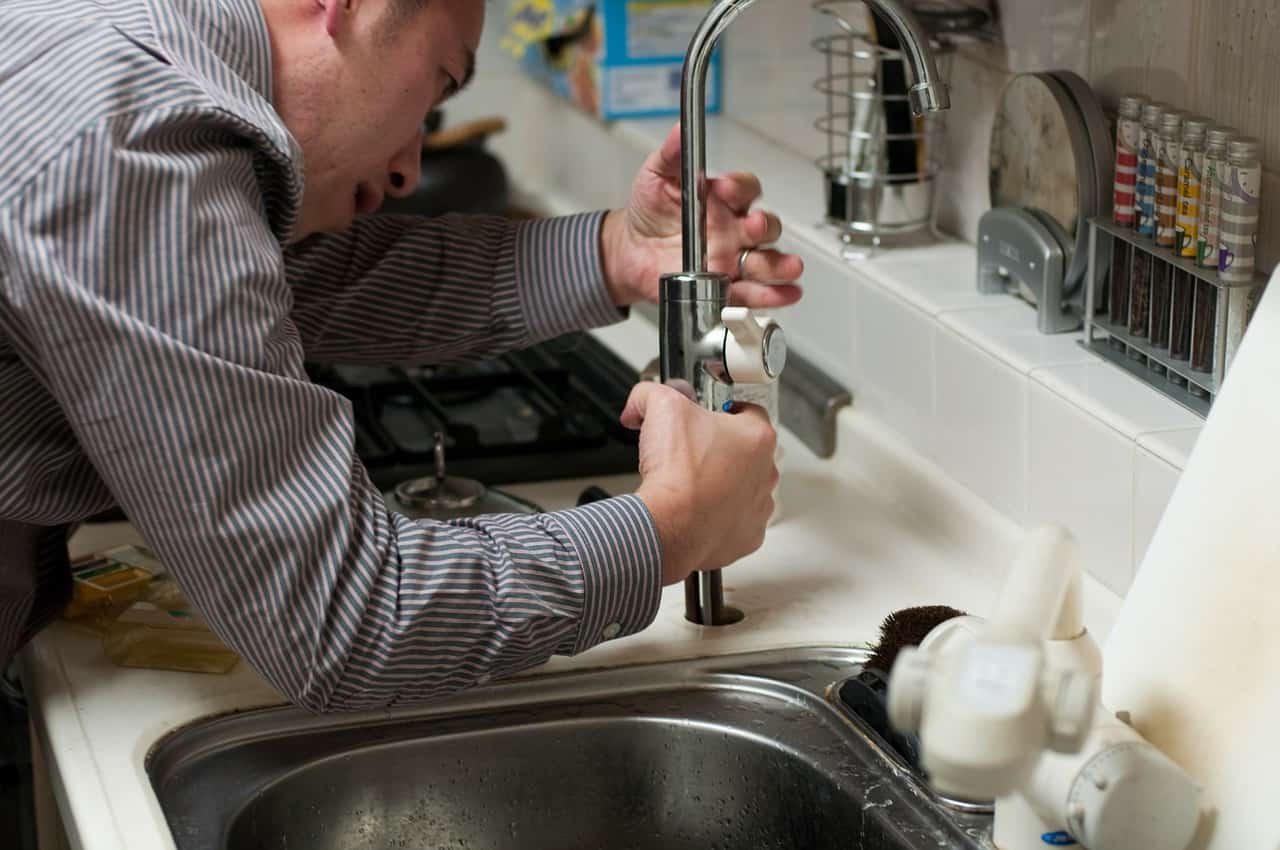

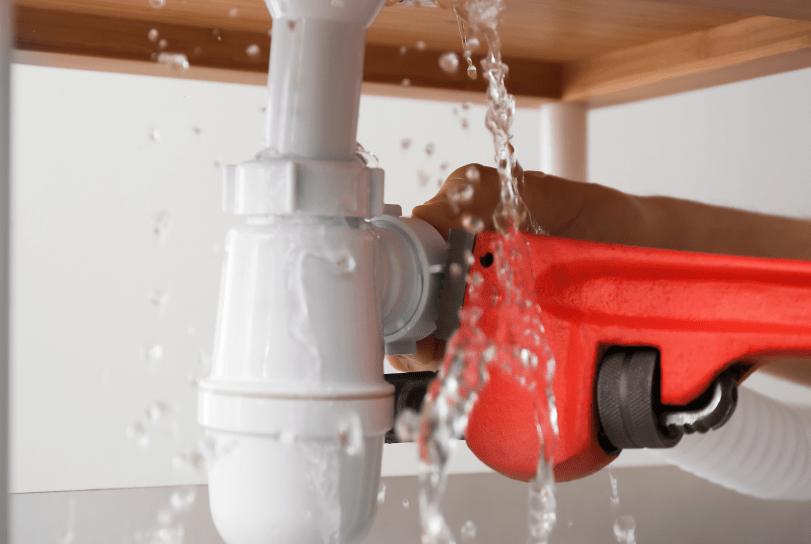


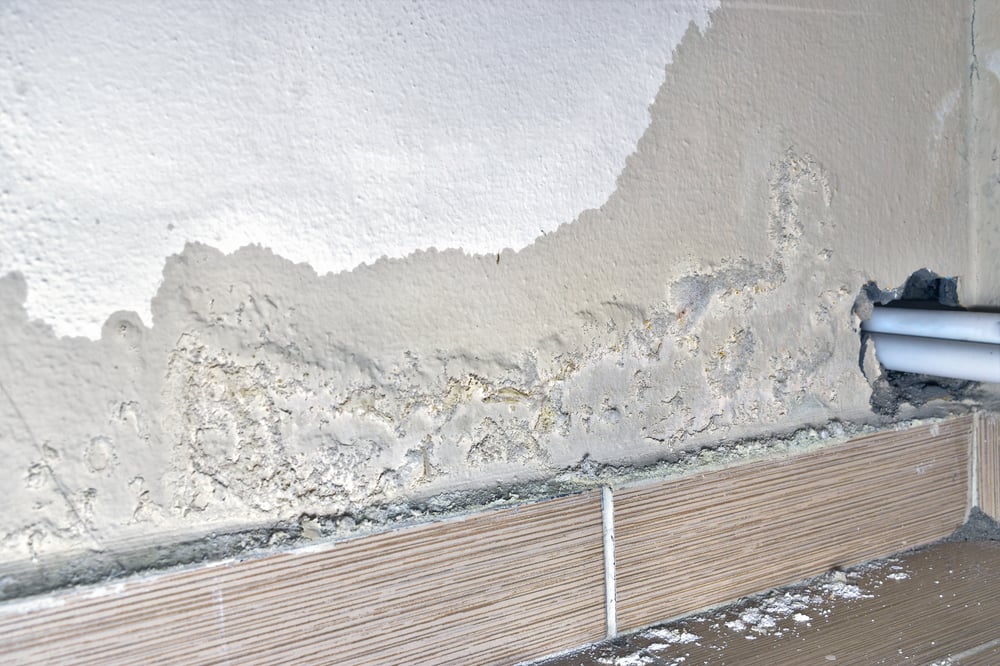


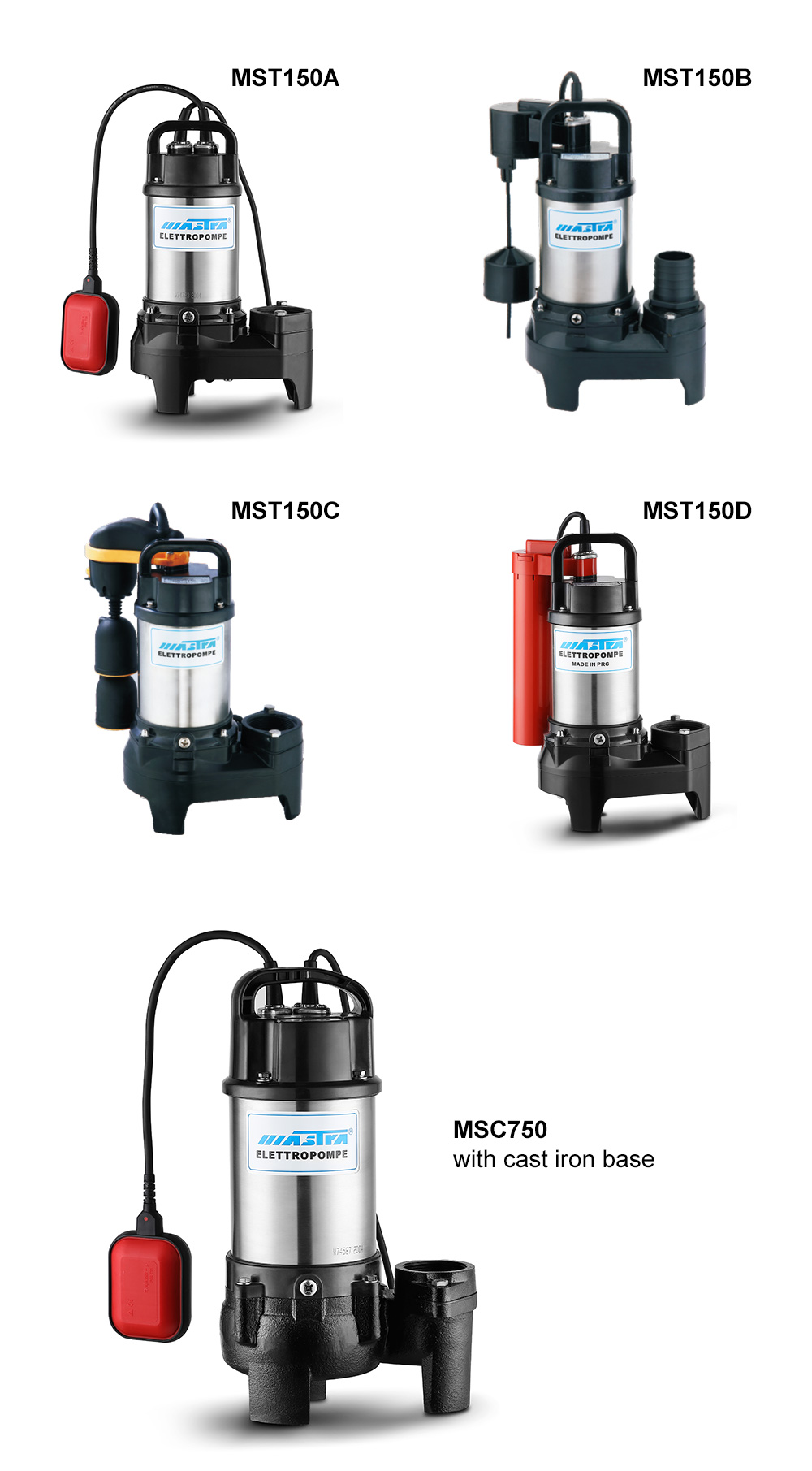
-844-p.jpg?v=ede30092-5775-434a-b8ca-07306b3bbe53)




